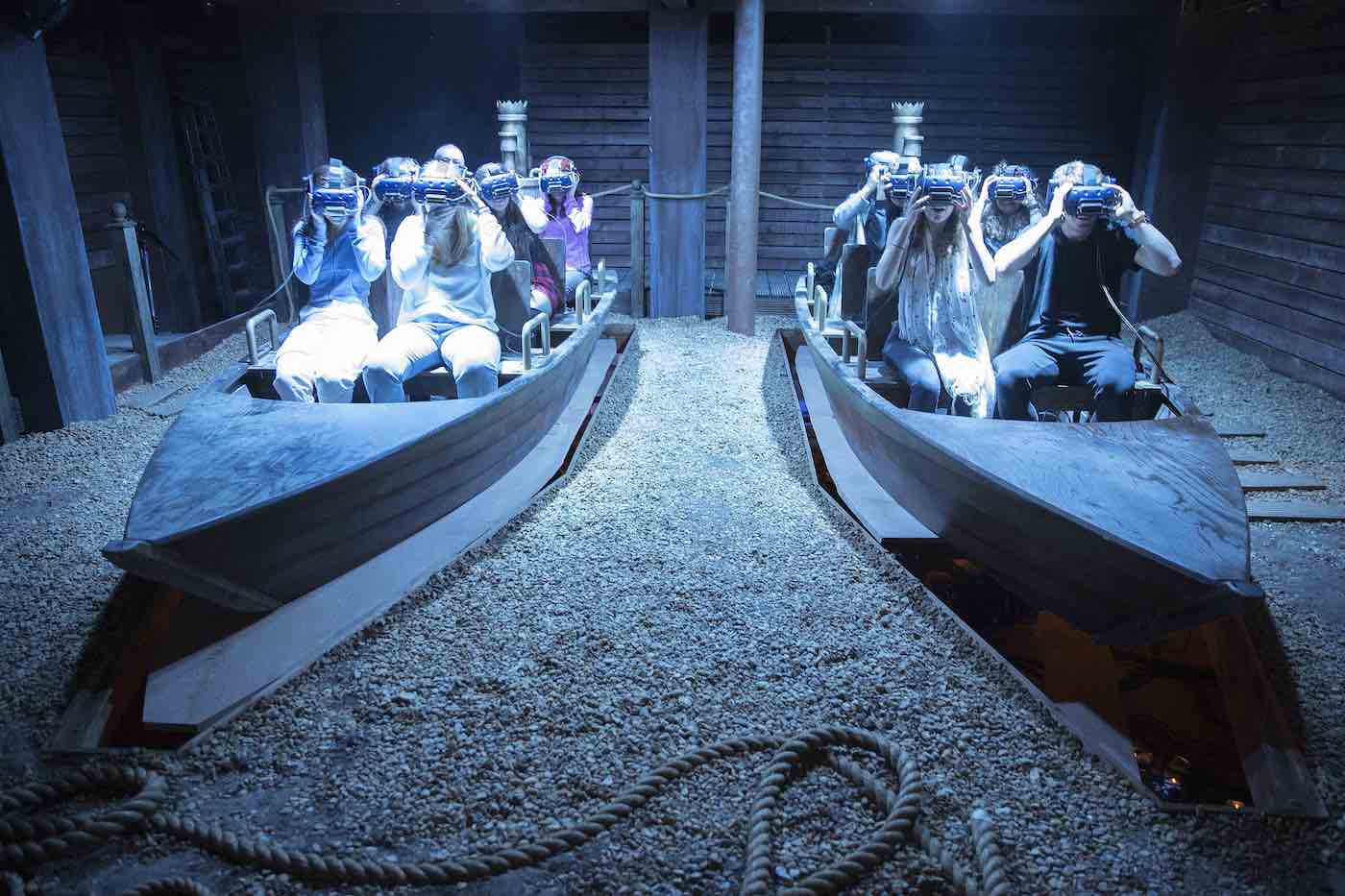
A Very English Scandal is a 3 part series, a fictionalised retelling of a political scandal that took place in the UK in the 1970s. Jeremy Thorpe was the leader of the Liberals for part of that time and he was a very well known politician throughout the late 1960s and the 1970s. He is alleged to have had an affair with a man named Norman Scott, this affair ended badly and Norman Scott threatened to tell all; to the police, the papers and Jeremy’s mother. When he began carrying out these threats, beginning with a detailed and graphic letter to the mother, Jeremy Thorpe is supposed to have hired a hitman to kill Scott. The hitman was incompetent, shot Scott’s dog instead and it all ended up in a well documented court case.
Lets just say that if you were to try and make up a salacious story to sell newspapers to the British public in the 1970s, you could hardly invent a story better than this. It had everything, its biggest difficulty would be convincing the readers that it was actually true. The court found them all not guilty, however from speaking to people who lived through the newspaper coverage, the accusations were believed by the general public and the feeling was that they were acquitted because of some biased summing up by the judge and the protection of “an old boys network” which was prevalent in political circles at the time.
Nevertheless, they were acquitted and this series is fiction because it assumes that they were all guilty as charged. It has Thorpe and Bissell plotting to kill Scott, something that Thorpe denied until his death, although Bissell gave evidence to the contrary. Stephen Frears directed this, with great attention to detail, even without the story this is a beautiful period drama, the 1960s and 1970 are lovingly recreated in the clothes, the decoration, the speech, the attitudes. Russell T. Davies wrote the piece and he adds humour and wit to the dialogue, he peoples the back story with the eccentrics of the time, but basically sticks to the story as it was covered when it broke. The narrative itself really didn’t need any embellishment, it was more a question of keeping it from being too outrageous.
Hugh Grant plays Jeremy Thorpe, he is absolutely believable in the role of a suave, charismatic politician, with a defective moral compass, prepared to do anything to cling on to power. Ben Whishaw as Norman Scott, is a tougher sell, part naïve ingenue, part worldly manipulator. He is alternately the hurt boy led astray and the vindictive gold digger who knows how much his silence is worth, this is a thin line to walk – but in the end, he carries it off well. There are some great performances throughout the series, Patricia Hodge is wonderful as Ursula Thorpe, Jeremy’s indomitable mother.
There are some lovely, funny cameo roles as British eccentrics, David Bamber has a role as the 8th Earl of Bamber, with badgers running around his country house. He does appear to be as eccentric as his role suggests – he introduced both the homosexual reform bill in the House of Lords and a bill for the protection of Badgers. When asked why he thought that the first passed and the second failed, he is reported to have said, “Well, there aren’t any Badgers in the House of Lords”
Overall this is a admirable treatment of an incredible story, I was aware of the people involved in the story before watching, without any great knowledge of the detail. It gives insight into the political and social attitudes of the time, for example, it was more damaging to a political career to be accused of homosexuality than to be accused of murder. It is well written, entertaining and funny, with some great acting. It is on BBC I-player now and likely to distributed around the world in the near future. If you have any interest in politics, the 1960s and ’70s, attitudes to LGBT rights, Britain and British eccentrics, I think that you will enjoy this. Actually, even if you have no interest in any of those things, I think that this series is funny enough to entertain you.








